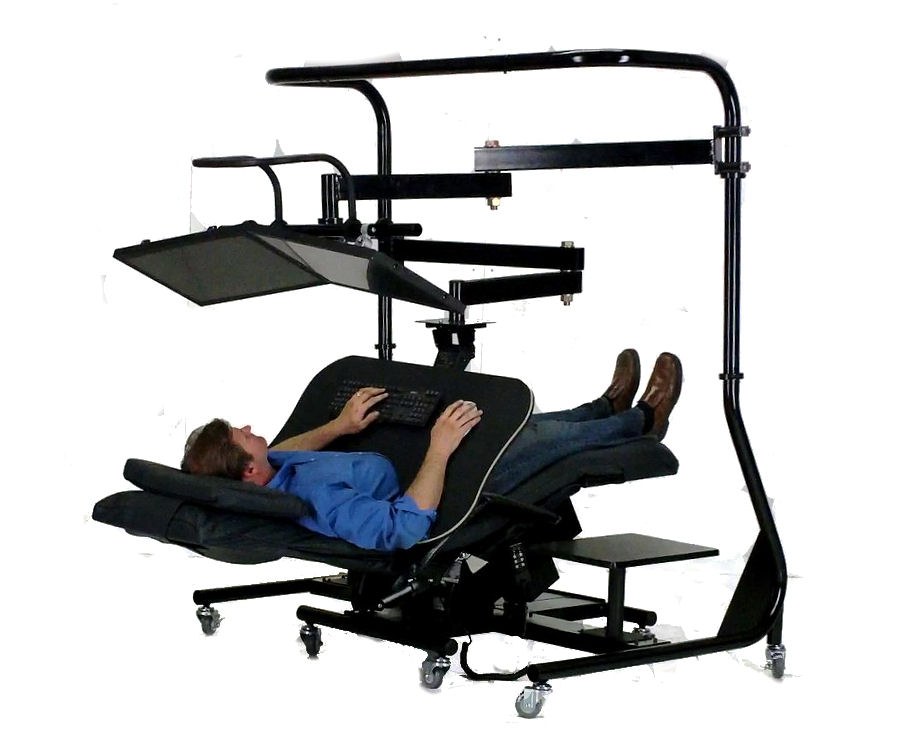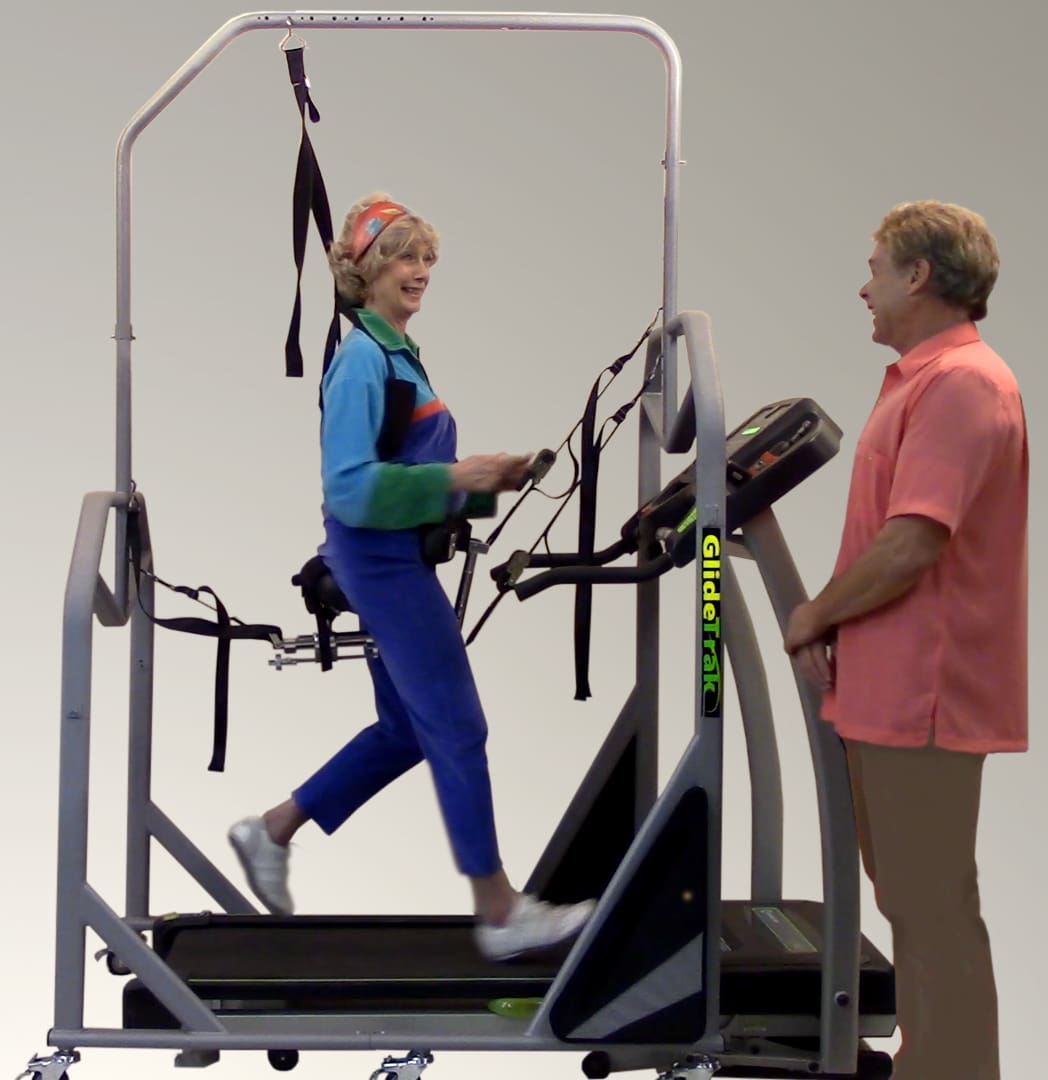
Many teams in the National Basketball Association (NBA), the National Football League (NFL), and the National Collegiate Athletic Association (NCAA) have G-Trainers.
#Zero gravity treadmill professional
Someone who is recovering from a brain injury can re-learn proper balance and gait while getting as much physical support from the G-Trainer as needed.Īccording to Barfod, another market for the G-Trainer is professional athletic teams and athletic departments at universities, which use the G-Trainer to help athletes recover from stress injuries.

Lars Barfod, Alter-G’s president and CEO, says that rehabilitation clinics are a major market for the G-Trainer, and he notes that the G-Trainer has been a successful option in military hospitals for orthopedic and neurological uses, including helping patients rehabilitate after traumatic brain injury to transition from ambulatory assistive devices to independent movement. A variety of patients-whether suffering from brain injury, neurological disorders, athletic injuries, or other stresses on the joints such as arthritis or morbid obesity-now use the NASA-derived technology in physical therapy. Whalen explains the G-Trainer evolved directly from his original idea of using air pressure for the opposite effect-to add weight to an astronaut’s body during treadmill exercise in the low gravity of space. This rehabilitation device applies air pressure to a patient’s lower body in order to unload weight, which reduces the stress placed on the lower body during rehabilitation. adapted the technology for athletic and medical uses here on Earth in the form of a specialized treadmill called the G-Trainer. Based in Menlo Park, California, Alter-G Inc. Whalen suggested using air pressure as an effective way of applying a high force, equal to body weight, to astronauts during treadmill exercise to replace the harness system.Īfter patenting his gravity differential technology in 1992, Whalen licensed his patent in 2005 to a private company to help rehabilitate patients needing support as they learned (or re-learned) to stand, walk, and run. However, the treadmill loading harness is uncomfortable and prevents astronauts from exercising normally and with the same intensity as on Earth.

Whalen explains, “On Earth, our most significant musculoskeletal loading-particularly of the lower body-occurs during normal upright activities, such as standing, walking, and stepping off a curb.” These various activities impart different levels of musculoskeletal loading, which keep our leg muscles able to support our weight.Īstronauts do not have these types of functional activities in space and must replace them with treadmill exercise using a loading harness to hold the astronaut in place on the treadmill. In space, most bone loss and muscle atrophy occur in the lower body. In his research, Whalen developed the hypothesis that musculoskeletal maintenance in space requires Earth-equivalent functional loading (or weighting), which is loading bones and muscles with activities and force levels in space similar to daily activity on Earth. As a National Research Council post-doctoral Fellow at Ames from 1988 to 1989, Whalen helped develop effective exercise regimens for NASA’s astronauts, and when Whalen’s fellowship ended, NASA hired Whalen to a full-time research position. While he was studying the biomechanics of exercise, Ames Research Center scientist Robert Whalen proposed using differential air pressure in space to mimic the Earth’s gravity to prevent bone loss and muscle deterioration. NASA is seeking ways to combat these problems, and the solutions are finding application here on Earth.

However, in space, the lack of gravity can also cause problems for astronauts’ bodies. By reducing the impact of gravity, and thereby reducing the athlete’s effective weight, the AlterG ® Anti-Gravity Treadmill ® allows athletes to train longer, run faster, and enhance cardiovascular conditioning.On Earth, gravity can cause a lot of stress to a person’s bones and muscles, whether the stress is caused by running a marathon or simply climbing a staircase. Not only can AlterG ® Anti-Gravity Treadmill ® help injured athletes preserve fitness levels, the AlterG ® Anti-Gravity Treadmill ® can also supplement training by enabling competitive and recreational athletes the ability to increase training volume and speed without increasing the risk of stress-related injury.


 0 kommentar(er)
0 kommentar(er)
